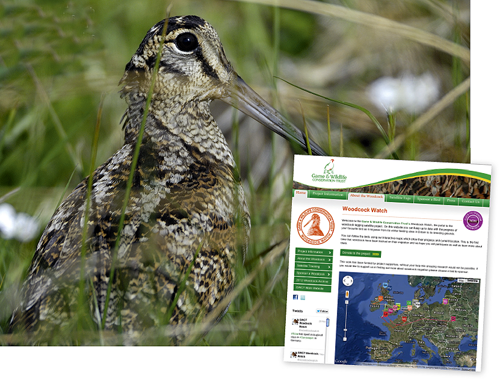GWCT’s Woodcock Watch 2013 goes live online

The project ran for the first time in 2012 when 12 birds were tagged, allowing them to be tracked during their migration.
The GWCT hopes to discover the routes between British wintering areas and Continental breeding grounds in spring, as well as the return route; the timing of the departure from different breeding grounds and the total time taken for the spring and autumn migrations, including the differences between adults and juveniles; details of stop-over locations and durations; and the fidelity of individual birds to particular routes and winter sites.
Dr Andrew Hoodless, who is leading the project, told Shooting Times: “This study has already provided some amazing insights into woodcock migration. For instance, it is apparent that migrations consist of several long flights, each of up to 750 miles, interspersed by stops of several days in which to recover.”
“It is also clear that woodcock wintering at a particular site in the UK or Ireland may undertake different migrations and originate from separate breeding grounds.”
The woodcock’s status is causing concern among some conservationists, with a reported 86% decline between 1970 and 2007.
The number of breeding pairs of woodcock in the UK is unknown, with estimates originally between 5,000 and 12,500.
However, according to the GWCT’s 2003 survey, the estimate was 78,000 pairs.
The survey will be repeated this year.
The Woodcock Watch project is looking for people to sponsor a tagged woodcock at £36 a year, which they can then follow on the website during its migration.
To view the satellite-tracked birds, visit www.woodcockwatch.com








